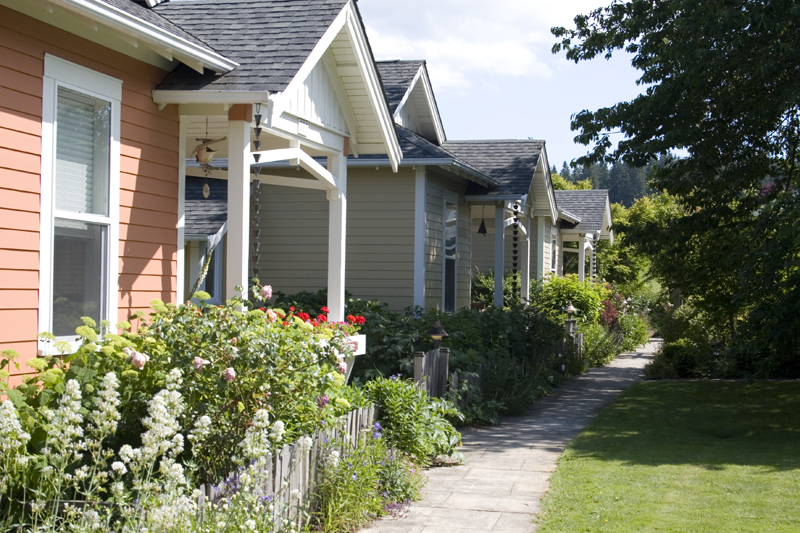A Look at the Evolution of Senior Living
The New Zealand aged care sector is undergoing a major transformation in response to changing demographics and societal expectations. As the population ages, there is a growing demand for diverse and innovative care models that meet the needs of older adults. This blog post will explore how New Zealand is reimagining the retirement home, focusing on its evolution from traditional institutional settings to more personalized and community-based approaches.
Traditional Retirement Homes: A Model in Decline
For many years, retirement homes in New Zealand were primarily institutional settings that provided basic care and accommodation for older adults. However, these models are increasingly being seen as outdated and inadequate, as they fail to address the diverse needs and preferences of today’s seniors.
The Rise of Community-Based Care
In recent years, there has been a growing trend towards community-based care models, which offer a more personalized and flexible approach to aged care. These models often involve partnerships between healthcare providers, community organizations, and families, and can take a variety of forms, such as:
- Assisted living: Provides support with daily living activities, such as bathing, dressing, and meal preparation, while allowing residents to maintain their independence.
- Home care: Provides services to older adults who wish to remain living in their own homes.
- Village living: Creates communities of older adults who share common interests and support each other.
The Role of Technology in Aged Care
Technology is also playing an increasingly important role in the transformation of the aged care sector. New technologies are being developed to help older adults stay connected, active, and independent, such as:
- Telehealth: Provides remote access to healthcare professionals.
- Wearable devices: Monitor health and activity levels.
- Virtual reality: Can be used to provide immersive experiences and social interaction.
Reimagining the Retirement Home: A New Vision
The future of aged care in New Zealand is likely to be one that is more diverse, personalized, and community-based. Retirement homes will need to evolve to meet the changing needs of older adults, and technology will play an important role in this transformation.
The Impact on Generation X
As Generation X begins to reach retirement age, they will be the first generation to experience the new models of aged care. It is important that they are aware of the options available to them and that they are able to make informed decisions about their care.
Conclusion
The New Zealand aged care sector is undergoing a major transformation in response to changing demographics and societal expectations. The future of aged care is likely to be one that is more diverse, personalized, and community-based. By reimagining the retirement home, we can ensure that older adults have access to the care and support they need to live healthy, active, and fulfilling lives.





